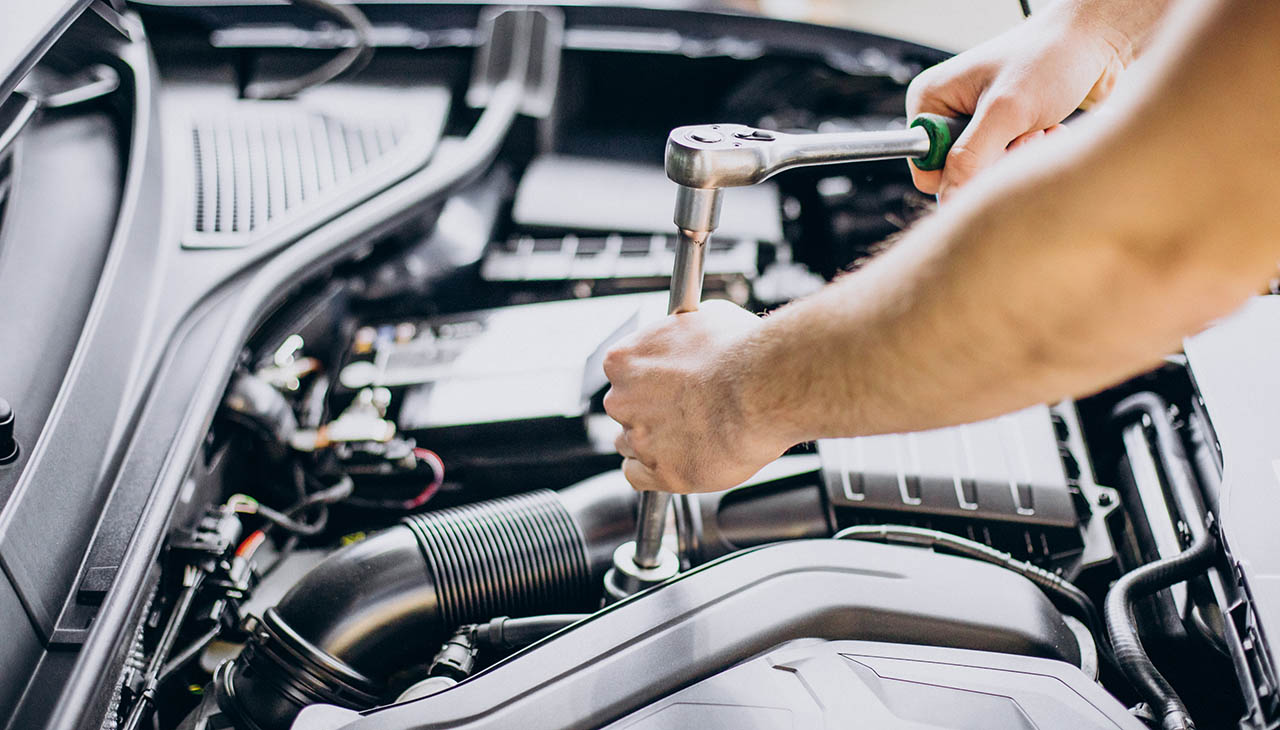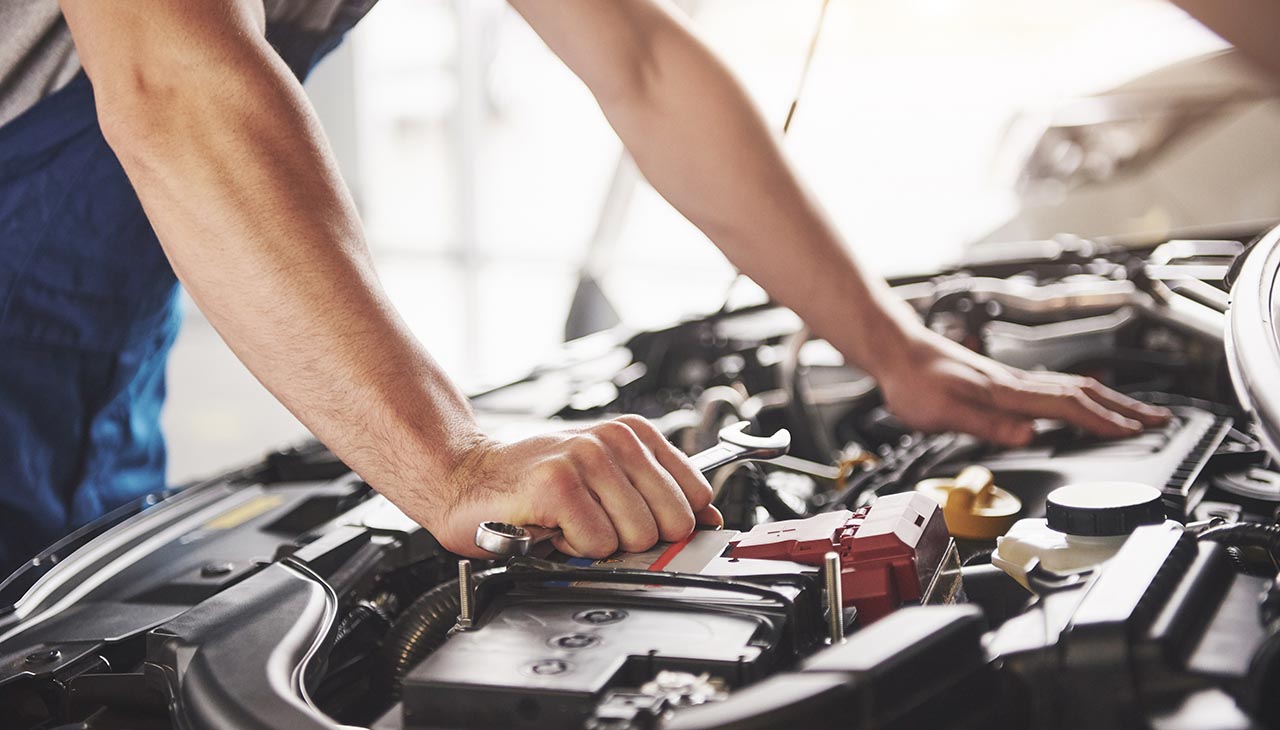Understanding the signs of common car problems can save you time and money by allowing you to address issues before they worsen. In this guide, we’ll explore various symptoms that can indicate underlying issues with your vehicle. From strange noises and warning lights to unexpected handling changes, we’ll help you learn how to identify warning signs so that you’re better prepared before visiting a mechanic. Whether you’re a seasoned driver or a newcomer to the world of car maintenance, this information will empower you to make informed decisions and keep your vehicle running smoothly.
Engine Issues
Strange Noises: Knocking, Squealing, and More
When it comes to engine performance, odd sounds can be a tell-tale sign of trouble. A knocking sound from the engine bay might indicate worn or damaged engine bearings, which are crucial for the smooth operation of your car’s engine. Squealing, especially when it occurs during startup or acceleration, commonly points to a loose or worn serpentine belt that could affect multiple components like the alternator and power steering.
Check Engine Light: The Silent Indicator
The check engine light is a critical indicator that your vehicle’s onboard diagnostics system has detected a problem. While it can be triggered by a simple issue, such as a loose gas cap, it can also signify more severe concerns like a malfunctioning sensor or a problem with the emission system. It’s essential not to ignore this light and have your vehicle scanned for error codes that can pinpoint the specific issue.
Odd Smells: Burning, Gas, and Beyond
Unusual odors emanating from your vehicle should not be overlooked. A burning smell may suggest an oil leak that’s dripping onto hot components, potentially causing damage and increasing the risk of fire. The scent of gas is equally alarming, as it could indicate a fuel leak which presents major safety concerns and should be addressed immediately.
Loss of Power or Acceleration
Experiencing a drop in power or sluggish acceleration can indicate several issues, such as clogged fuel injectors, dirty air filters, or failing spark plugs. Such symptoms shouldn’t be ignored, as they can lead to a complete breakdown if unresolved. Monitoring these signs keenly and responding quickly ensures your car remains reliable and efficient.
Transmission Problems
Delayed or Rough Shifting
If your vehicle hesitates before changing gears, or if the shift between gears feels rough or jerky, these can be signs of transmission trouble. Delayed shifting is often associated with low transmission fluid levels or a problem with the transmission’s bands. Paying attention to these shifts in performance can catch minor issues before they escalate into major repairs.
Leaking Transmission Fluid
One of the most noticeable symptoms of transmission problems is the presence of a red, sweet-smelling fluid beneath your vehicle. Transmission fluid is crucial for proper gear lubrication and cooling. If you spot a leak, it’s important to address it promptly to avoid further damage to the transmission.
Grinding or Shaking during Gear Changes
Grinding sounds or a shaking sensation during gear changes are not to be ignored. These symptoms can imply that the transmission’s synchronizers are worn or damaged. In automatic transmissions, this could be a sign of a worn clutch plate or issues with the torque converter. It is advisable to have a professional mechanic inspect the vehicle as soon as these signs are noticed.
Braking System Troubles
Squealing or Grinding Noises When Braking
Squealing or grinding sounds when applying the brakes are clear indicators that the brake pads may be worn down and need to be replaced. These noises are often caused by the metal backing of a brake pad making contact with the brake rotor. This not only decreases braking efficiency but can also cause damage to the rotor itself if not addressed promptly.
Soft Brake Pedal
A soft or spongy feel in the brake pedal can be a sign of air in the hydraulic brake lines or a problem with the master cylinder. It is crucial to address this issue quickly as it directly impacts the vehicle’s braking capability, which is vital for safe driving.
Vibrations or Pulsations During Braking
Experiencing a vibration or pulsating sensation through the brake pedal or steering wheel during braking usually points to warped brake rotors. Rotors can become warped from excessive heat and stress from prolonged braking. This warping can cause a wobbling effect that reduces the effectiveness of your brakes and should be checked by a mechanic to prevent further deterioration.
Suspension and Steering Concerns
Vibrations in the Steering Wheel
Vibrations felt through the steering wheel, especially when driving at higher speeds, could indicate that your vehicle’s wheels are unbalanced or that there are issues with the wheel bearings or suspension joints. If the steering wheel is shaking, it’s wise to have the wheel alignment and balance checked to prevent further damage and ensure your driving safety.
Pulling to One Side While Driving
If your vehicle consistently pulls to one side during normal operation, it could be a sign of uneven tire pressure, misalignment, or problems with the suspension or brakes. This pulling sensation should not be ignored as it can lead to more significant issues such as uneven tire wear and impaired handling.
Excessive Bouncing or Uneven Tire Wear
Observing that your car bounces excessively over bumps or that your tires are wearing unevenly can suggest worn shocks or struts. These components are vital to vehicle stability and ride comfort; thus, maintaining them in good working order is essential. Ignoring these symptoms can lead to reduced control and longer stopping distances.
Difficulty Steering or Turning
If you notice that steering has become increasingly difficult or the vehicle resists turning, it may be due to a problem with the steering rack, power steering fluid levels, or the power steering pump itself. Difficulty steering is not only inconvenient but also dangerous, as it may significantly impair vehicle handling and responsiveness.



